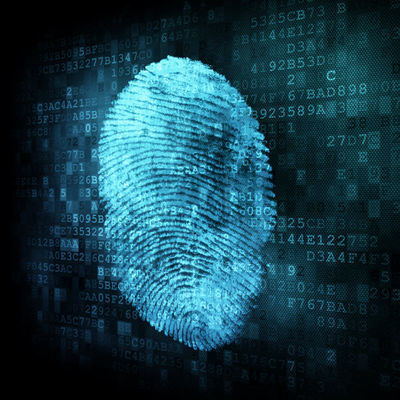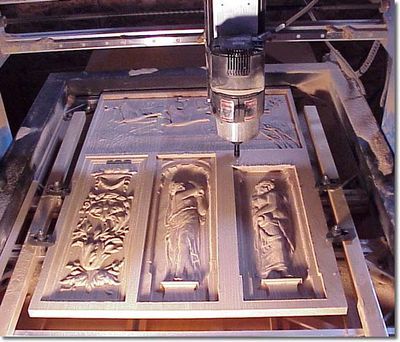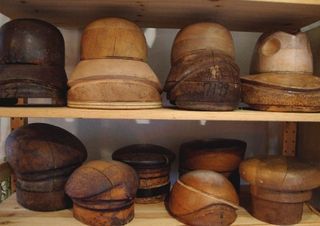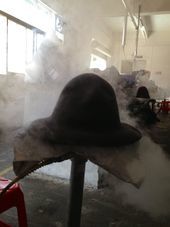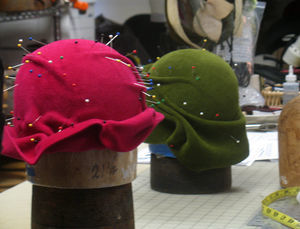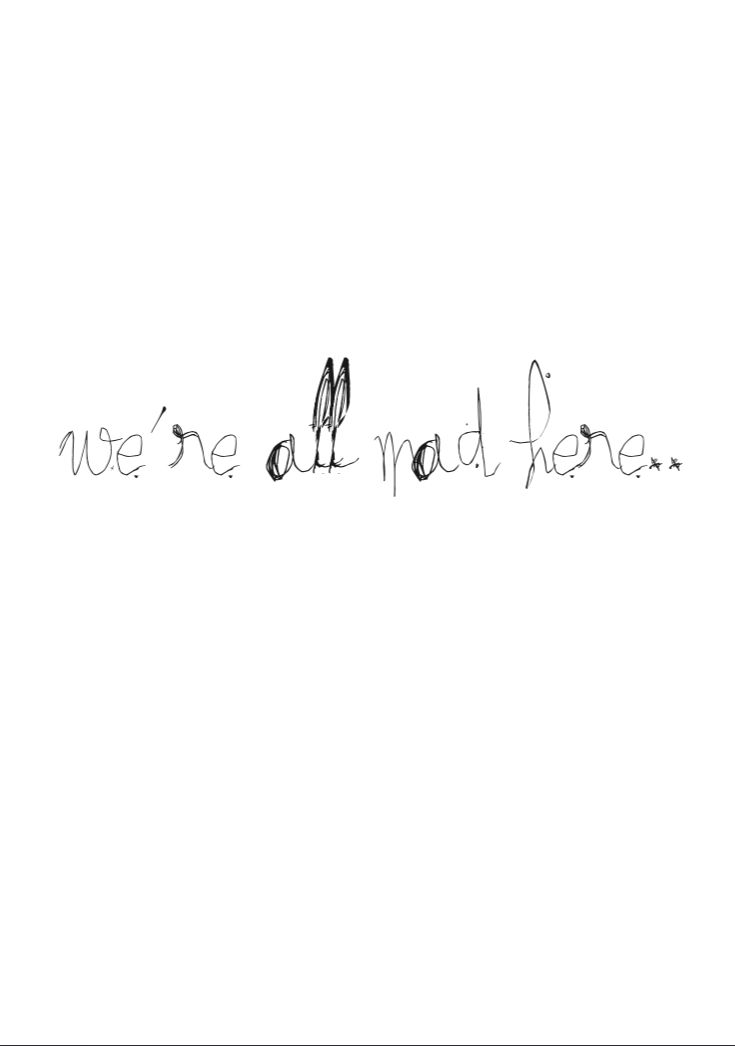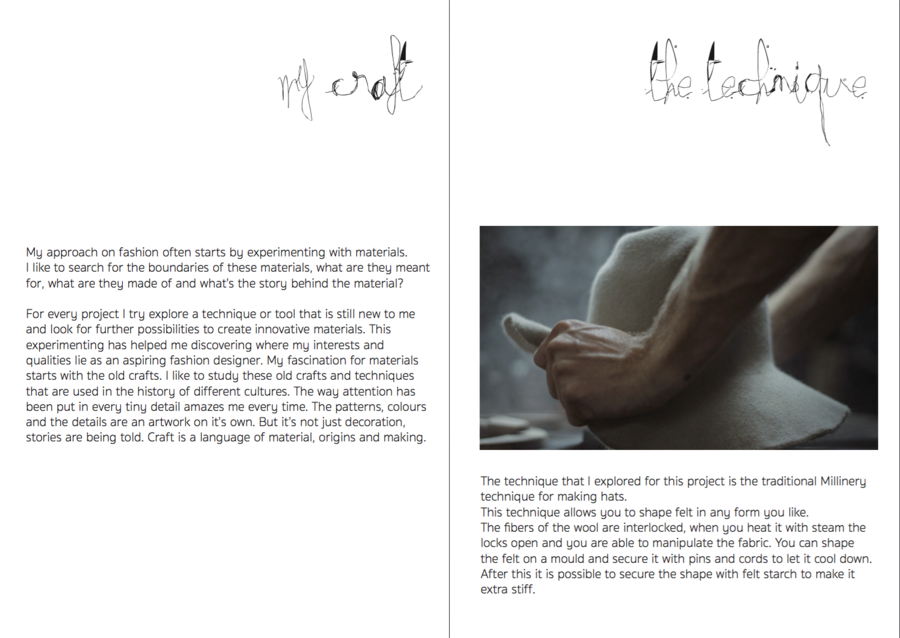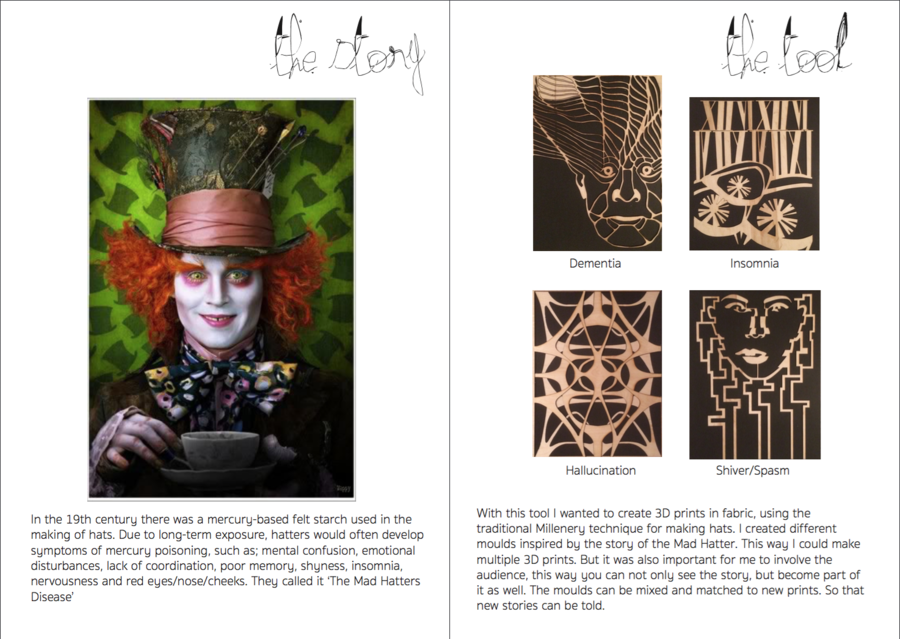Toolsofthetrade
TOOLS OF THE TRADE
MICHELLE LIEVAART
RESEARCHDOCUMENT
MY CRAFT - FASHION
My approach on fashion often starts by experimenting with materials.
I like to search for the boundaries of these materials, what are they meant for, what are they made of and what’s the story behind the material?
For every project I try explore a technique or tool that is still new to me, like knitting, weaving or working with the lasercutter for example
and look for further possibilities to create innovative materials.
This experimenting has helped me discovering where my interest and qualities lie as an aspiring fashion designer.
My fascination for materials starts with the old crafts. I like to study these old crafts and old techniques that are used in the history of different cultures.
By putting more craft into fashion I want to bring back the value in clothes, make it something to be proud of.
Clothes are meant to represent yourself, you can see it as a second skin, a skin whereby you can show your identity and tell your own story.
FOCUS ON - IDENTITY
Creating a material, a second skin, that is shaped by your identity.
TOOL - SENSOR
By making a sensor that can read identity through your fingerprint and translate that into a 3-D surface.
TECHNIQUE
To make this surface tangible (and wearable) I want to create this surface in fabric.
I want to apply the traditional millinery technique (hat making) into the process of creating this surface. This technique allows you to shape felt in any form you like.
In the end I'd like to use these forms for my final exam by transforming them into garments.
HOW COULD THIS TOOL AFFECT MY CRAFT
This tool will shape your identity into something wearable. This will make every piece unique and very personal.
By using this tool I want to create personal garments that could give more value in fashion and let the wearer tell their own unique story with their piece.
I hope this can also be a step towards a more sustainable world within fashion and a more conscious way of designing.
TOOL - SENSOR
Biometrics — fingerprints, iris scans, retinal scans, face scans, and other personal information that is more difficult to forge. Nowadays fingerprint scanners are often used to secure your belongings. You can find them in the airport to ATM machines and even on your own phone.
Fingerprints are completely formed by the time you're seven months old in the womb and remain the same throughout life. Ever person has a unique fingerprint, the develop through the code in your DNA.
How can a computer compare prints? By registration or verification each print is analyzed according to a system called minutiae, where the lines in your fingerprint split in two.
The computer measures the distances and angles between these features and then uses an algorithm to turn this information into a unique numeric code.
Comparing fingerprints is then simply a matter of comparing their unique codes.
There are two main ways of scanning fingers. An optical scanner works by shining a bright light over your fingerprint and taking what is effectively a digital photograph.
The scanner uses a light-sensitive chip called a CCD (charge-coupled device) to produce a digital image. The computer analyzes the image automatically, selecting just the fingerprint, and then uses sophisticated pattern-matching software to turn it into a code.
Another type of scanner, known as a capacitive scanner, measures your finger electrically. When your finger rests on a surface, the ridges in your fingerprints touch the surface while the hollows between the ridges stand slightly clear of it.
In other words, there are varying distances between each part of your finger and the surface below. A capacitive scanner builds up a picture of your fingerprint by measuring these distances. Scanners like this are a bit like the touchscreens on iPhones and iPads.
In future, it will be much more common to have to confirm your identity with biometric information: either your fingerprint, a scan of the iris or retina in your eye, or a scan of your face.
We already use it on our iphone, but it won't be long until it's possible to pay in the supermarkt with a scan of your fingerprint.
I would like to use a scanner with a CCD chip which translates your fingerprint into a code and use this code in a formula to transform it into a 3D surface on the computer
Fingerprint - Identity code - Formula - 3D surface - Mould - 3D material
Source: http://www.explainthatstuff.com/fingerprintscanners.html
TOOL - CNC MILLINGMACHINE
As soon as I have the 3D surface on the computer I want to make a mould out of wood so I could use it as a tool to shape the felt.
For making the mould in wood I need the 3D surface to be drawn in a CAD/vector program and send it to a CAM program for the CNC-Millingmachine
CNC-Millingmachine: Milling is where a rotating tool is used to remove material. CNC refers to the use of a computer to control and monitor the movements of a machine. Which makes it possible to create complex and precise shapes.
The machine can be a milling machine, lathe, router, welder, grinder, laser or waterjet cutter, sheet metal stamping machine, robot, or many other types of machines.
The CNC controller works together with a series of motors and drive components to move the machine axes in a controlled way, executing the programmed motions.
CNC machines can have several axes of movement, and these movements can be either linear or rotary. Many machines have both types. Cutout machines like lasers or waterjets generally have just two linear axes, X and Y.
Milling machines usually have at least three, X, Y, and Z, and can have additional rotary axes. A five axis milling machine is one that has three linear axes and two rotary, allowing the cutter to operate in a full 180º hemisphere and sometimes more.
Five axis lasers exist as well. A robot arm might have more than five axes.
3D surface needs to be drawn in Rhino
Maximum surface= 1.2x2m
Height= 7cm
Source: http://wiki.mcneel.com/rhino/cncbasics
TECHNIQUE - MILLINERY (hat making)
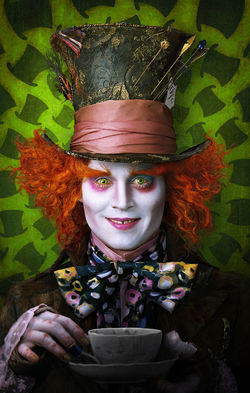
Felt differs from every other fabric in that it is made of a myriad of short, single animal fibers which are interlocked by their natural tendency to "crawl" and twist when kneaded and manipulated in hot water and steam.
Felt is the strongest fabric known because every fiber is interlocked in every direction with a number of other fibers.
Felt hats are superior in lightness of weight, mellowness to the touch, and ability to keep their shape and withstand weather and renovating.
The felt is steamed, this makes it possible to shape the material. After steaming the felt is stretched and placed on a wooden mould, shaped in the desired form.
The felt is secured with pins and cords on the mould to maintain the shape. After the felt is dried for 1/2 days it is possible to secure the shape with felt starch to make it extra stiff.
See here a short video of how a hat is made: HAT MAKING PROCESS
I want to apply this technique and use it to shape my material (felt) in 3D.
